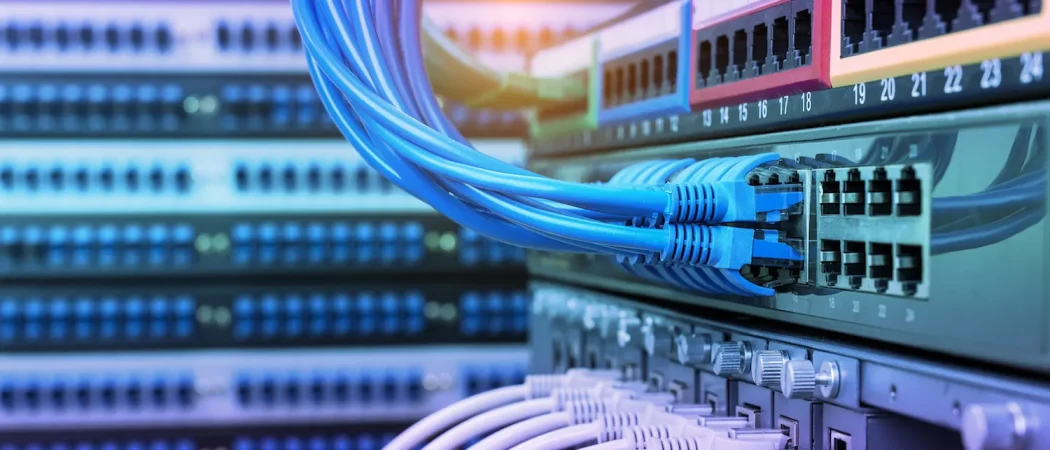"*" indicates required fields
Imagine your internet like a busy highway. Just like roads connect different places, network cabling connects all your devices—computers, routers, printers—so they can share information. Network cabling is the key if you’ve ever wondered how your devices stay connected and work together. This guide will explain network cabling, its importance, and the key parts you need to know. If you’re looking for network cabling services in New Jersey or just curious, read on!
Think of network cabling as the system of roads for your data. All the cables and connectors allow your devices to communicate with each other. Without this network, your internet and other connections wouldn’t work. Good network cabling ensures data travels quickly and reliably between devices, keeping everything running smoothly.
So there you have it! Whether you’re setting up a new network or upgrading, knowing about network cabling helps you make better choices. If you need help, a good network cabling contractor can provide the right network cabling solutions for your needs.

Planning is key before diving into network cabling installation. It begins with a thorough site survey. A professional network cabling company will visit your location to assess the layout and determine the optimal spots for running cables. They’ll also check out walls, existing electrical lines, and potential obstacles. This careful planning helps avoid future issues and ensures the installation goes smoothly. Proper preparation can save you from unexpected headaches down the road.
What to Look For
When picking a network cabling company, here’s what to consider:
If you’re looking for a network cabling installation company, keep these tips in mind. The right network cabling contractor will ensure your network is set up properly and runs smoothly. If you’re looking for network cabling services in New Jersey, choose a provider that delivers excellent network cabling solutions and reliable network cabling services.
Keeping your network cabling in good shape is essential to avoid problems and ensure smooth performance. Regular maintenance helps you catch issues early and keeps everything running efficiently. Here are some helpful tips:
Want to expand your network or boost its performance? Here’s how to do it:
For more details on upgrading your cabling infrastructure, visit Network Drops.
Cat5e cables are older and can handle speeds up to 1 Gbps. Cat6 cables are newer and support faster speeds, up to 10 Gbps over shorter distances. If you want better performance and future-proofing, Cat6 is a better choice.
The time varies depending on the size and complexity of the installation. A small office might take a day, while a larger setup could take several days.
While DIY is possible, hiring a professional is often better. They have the tools and expertise to ensure everything is installed correctly and meets standards.
Regularly inspect cables for damage, keep your equipment clean, and update your documentation. Regular maintenance helps avoid issues and keeps your network running smoothly.
Look for a company with good reviews, technical expertise, and comprehensive services. They should use quality materials and handle the project from start to finish.
Scott Fcasni is the driving force behind Shock I.T. Support’s commercial datacomm cabling division, delivering expert solutions that power reliable, high-performance network infrastructures. With extensive experience in structured cabling and a commitment to precision, Scott ensures that every project—whether for small businesses or large enterprises—meets the highest standards of quality and scalability.